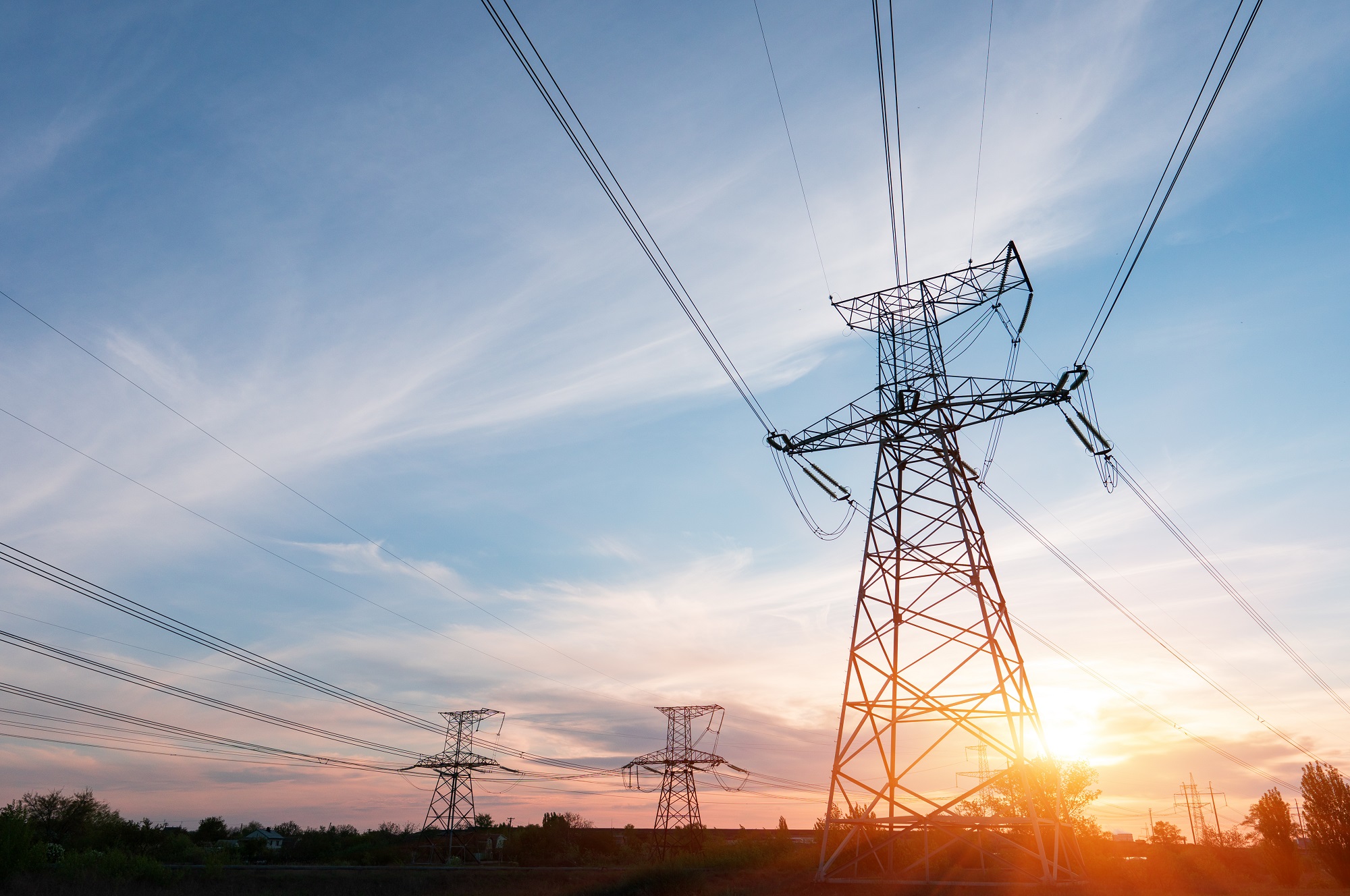Use It Or Lose It? Energy Efficiency Investments Are A Bargain, Yet Investment Set To Plunge
Let's Save Energy
Alliance to Save Energy's Blog

While Congress has yet to seriously consider legislation to help combat the economic fallout from the COVID-19 pandemic – including its impacts on the energy sector workforce – both the House and Senate took first steps, recently hearing testimony from industry experts on how the energy sector can play a role in the economic recovery.
Several of the experts who testified promoted energy efficiency policies that would not only drive job retention and creation, but also would result in ongoing energy cost savings while reducing greenhouse gas emissions. The Alliance has long touted the benefits of energy efficiency as the cheapest, cleanest option when it comes to energy resources, a claim that is repeatedly underscored through peer-reviewed research.
Saving energy is simply cheaper than making it.
In a recent report, the Lawrence Berkeley National Laboratory (LBNL) expanded on that research in finding that demand-side management (DSM) programs operated by natural gas utilities deliver energy efficiency at less than half the price of delivering the equivalent amount of energy. From 2012 to 2017, LBNL found, efficiency was delivered through DSM programs at an average cost to the utility (program administrator) of just $0.40 per avoided therm, while the average cost to deliver the same therm of natural gas was roughly $1.00 – and this was the case even with natural gas prices trending at an historic low. The cost comparison may be even more striking should the U.S. face price spikes caused by wellheads currently being shuttered due to the pandemic.
As illustrated by the blue column in the graphic below, the cost of saving energy (CSE) for the utility program administrator (PA) across all sectors was 40 cents per therm, which is roughly equivalent to the average cost to invest in average efficiency measures in the residential sector (green column). The C&I sector (green) shows the lowest cost on average for energy efficiency, at 18 cents per avoided therm.
Source: LBNL
While the results are dramatic, the study is not an outlier. Research repeatedly proves that energy efficiency is a bargain compared to all types of energy sources. LBNL previously found that public power and investor-owned electric utilities deliver efficiency at a total cost of roughly $0.05 per kilowatt hour, well below the average cost to deliver the electrons.
Source: ACEEE
Utilities could scale up solutions…or fall flat.
Efficiency’s value is a good thing on its own – and its potential to scale up quickly is an additional critical consideration in the quest for effective economic recovery measures responding to the COVID pandemic. In the U.S., electric and natural gas utilities invested $8.3 billion in DSM programs in 2017, a 15% uptick over the past five years. Those investments, which are saving consumers and businesses money, are currently at risk. According to the International Energy Agency, those gains could be wiped out if its estimates hold true that global investment in efficiency programs could fall by 10-15% in 2020 alone.
Decisionmakers at every level of business and government have an important opportunity to ensure that energy efficiency gains are not erased over the coming months. This is critical for many reasons that fall outside the scope of this particular blog (though we have discussed it elsewhere!), including increased public health impacts; reduced environmental and climate impacts; and increased energy security, affordability, reliability, and resilience.
As one example, we should be investing more, not less, in utility DSM programs. Why? Utility DSM programs, in addition to offering low-cost efficiency measures, have ready-made delivery mechanisms and supply chains that could be used to quickly inject stimulus funds into targeted segments of the U.S. economy, putting thousands of people back to work on efficiency improvement projects.
There’s a plan for that.
The Small Business Energy Efficiency Grant (SBEEG) Program, which the Alliance has developed in conjunction with a host of stakeholders, would inject $6 billion over two years to deliver energy efficiency at zero cost to small businesses – the backbone of the U.S. economy – through utility DSM programs.
We’re working with Capitol Hill to prove that energy efficiency is an economic engine. The sector supported an industry-leading 2.4 million jobs prior to the pandemic. Much of that workforce is employed by small businesses themselves. With half of U.S. jobs and GDP supported by small businesses, we know where to start; with utility DSM programs, we know how to get there.
RECENT BLOG POSTS
STAY EMPOWERED
Help the Alliance advocate for policies to use energy more efficiently – supporting job creation, reduced emissions, and lower costs. Contact your member of Congress.
Energy efficiency is smart, nonpartisan, and practical. So are we. Our strength comes from an unparalleled group of Alliance Associates working collaboratively under the Alliance umbrella to pave the way for energy efficiency gains.
The power of efficiency is in your hands. Supporting the Alliance means supporting a vision for using energy more productively to achieve economic growth, a cleaner environment, and greater energy security, affordability, and reliability.





